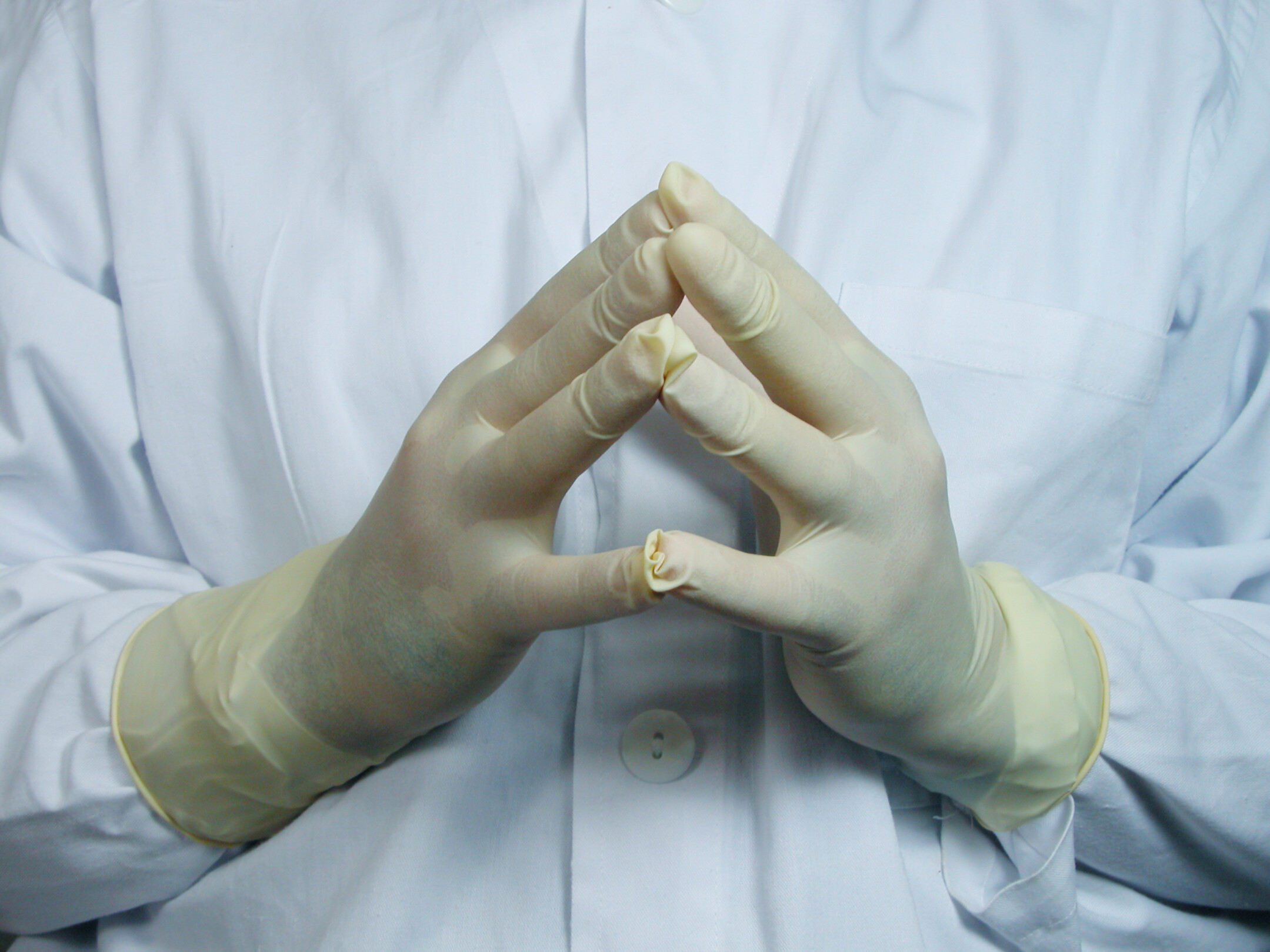CAMPOS CIRÚRGICOS DESCARTÁVEIS OU REPROCESSADOS: UMA ANÁLISE DA RELAÇÃO CUSTO X BENEFÍCIO
Main Article Content
Abstract
Surgical drapes are one of the main barriers against the incursion of microorganisms into the surgical site, as well as protection against possible diseases for health professionals. Thus, the objective of this study is to highlight the advantages of the disposable surgical drape compared to the reprocessed drape, since these materials are used in all surgical procedures. Data collection was carried out in a small hospital in the city of Ariquemes - RO, in order to know the final cost of reprocessing the tissue field in order to assist in decision making, by comparing the cost against the field. disposable. In view of the entire survey, the final value of the reprocessable surgical package of the hospital evaluated is R$40.08 (forty reais and eight cents) and the real cost of the disposable is R$135.24 (one hundred and thirty-five reais and twenty and four cents). Both had advantages and disadvantages: the reprocessed is low cost, but due to the numerous washing and sterilization processes it reduces the capacity of microbial barriers, whereas the disposable reduces the waste that occurs in the surgical procedures, but increases the infective residue. The research result will support discussions on the replacement of reusable tissue drapes for disposable drapes, favoring arguments regarding the advantages and disadvantages of this possibility considering human, material, structural and financial resources.


